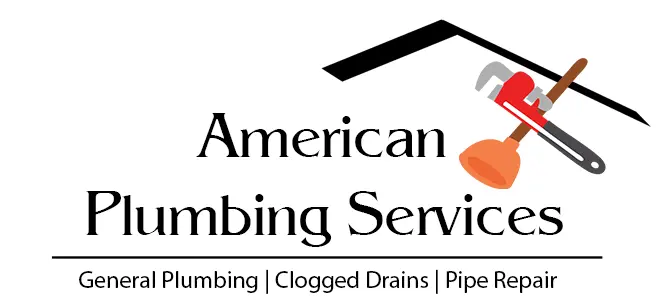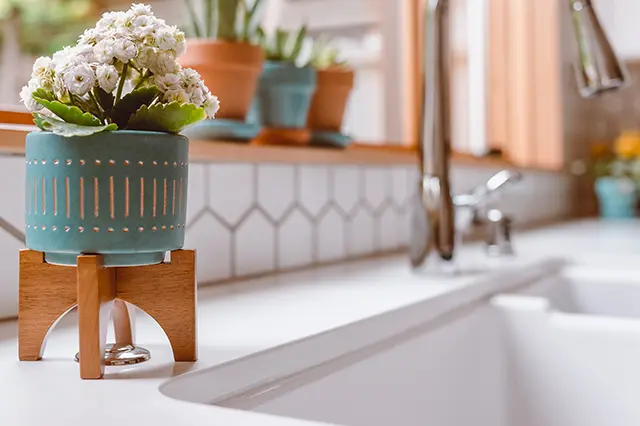
How To Identify, Repair And Prevent Leaky Pipes Under Your Sink
Nothing is more frustrating than a leaky pipe. Whether it’s dripping water onto your floor or staining the walls, it can be an incredibly irritating problem to deal with. Thankfully, identifying, repairing and preventing leaking pipes is not as difficult as you might think. In this blog post, we will discuss how to identify a leaking pipe, steps for repairing it and how to prevent future leaks from occurring. With some simple tips and tricks, you can be well on your way to having a dry kitchen or bathroom in no time!
How to identify a leaky pipe
If you have a leaky pipe under your sink, there are a few things you can do to identify it. First, check the area around the sink for any wetness or water stains. If you see any, this is likely where the leak is coming from.
Next, put a few drops of food coloring into the sink drain. If the color appears in the bowl of the sink, you have a leak.
Finally, if you suspect that your pipes are leaking but cannot see any evidence of it, you can turn off all the water to your home and then go outside to see if your water meter is still running. If it is, that means you have a leak somewhere in your system.
How to repair a leaky pipe
If you have a leaky pipe under your sink, the first step is to identify where the leak is coming from. This can be done by turning off the water supply to the sink and then turning on the faucet to see if the water flow stops. If it does, then you know the leak is coming from somewhere in between the shut-off valve and the faucet.
Once you’ve identified the location of the leak, you can begin to repair it. The most common way to do this is by replacing the washer on the shut-off valve. To do this, simply turn off the water supply, unscrew the valve, remove the old washer, and replace it with a new one. Be sure to put some plumber’s tape on threads before screwing everything back together.
If replacing the washer doesn’t fix the leak, then it’s likely that there is a problem with the pipes themselves. In this case, you’ll need to call a professional plumber to come and take a look. They will be able to determine what needs to be done in order to fix your leaky pipes once and for all!
How to prevent a leaky pipe
If you have a leaky pipe under your sink, the first thing you should do is identify the source of the leak. Once you’ve located the leak, you can then begin to repair it. To prevent future leaks, it’s important to take some preventive measures.
One way to prevent a leaky pipe is by properly sealing any connections and joints. Make sure that all connections are tight and free of any gaps or cracks. You can also apply a sealant to these areas to further prevent leaks.
Another way to prevent leaks is by ensuring that your pipes are properly insulated. This will help to keep them from freezing in cold weather, which can cause them to burst and lead to leaks.
Finally, it’s also a good idea to regularly check your pipes for any signs of wear or damage. If you see anything that looks suspicious, be sure to have it repaired as soon as possible to prevent a larger problem down the road.
Tips for avoiding water damage
1. Check your pipes regularly for any leaks or signs of wear and tear.
2. If you do find a leak, repair it as soon as possible to prevent further damage.
3. Make sure that your sink is properly drained to avoid any water build-up.
4. Inspect your sink and plumbing fixtures for any potential sources of water leaks.
5. Be proactive in preventing water damage by repairing any leaks or potential sources of leaks immediately.
When to Call a Plumber
It’s never fun to deal with a leaky pipe, but it’s important to know when to call a professional for help. Here are a few signs that it’s time to call a plumber:
-You’ve tried all of the DIY fixes you can think of and nothing is working
-The leak is getting worse or happening more often
-There is water damage around the affected area
-The affected area is difficult to reach or access
Conclusion
Leaky pipes are a common nuisance in many households. But with the right precautions and an understanding of how to identify, repair and prevent them, you can keep your sink free from water damage and save money in the long run. We hope this guide has helped you understand the basics of leaky pipe diagnosis so that you are better equipped to deal with any future problems. Remember – prevention is always better than cure!
